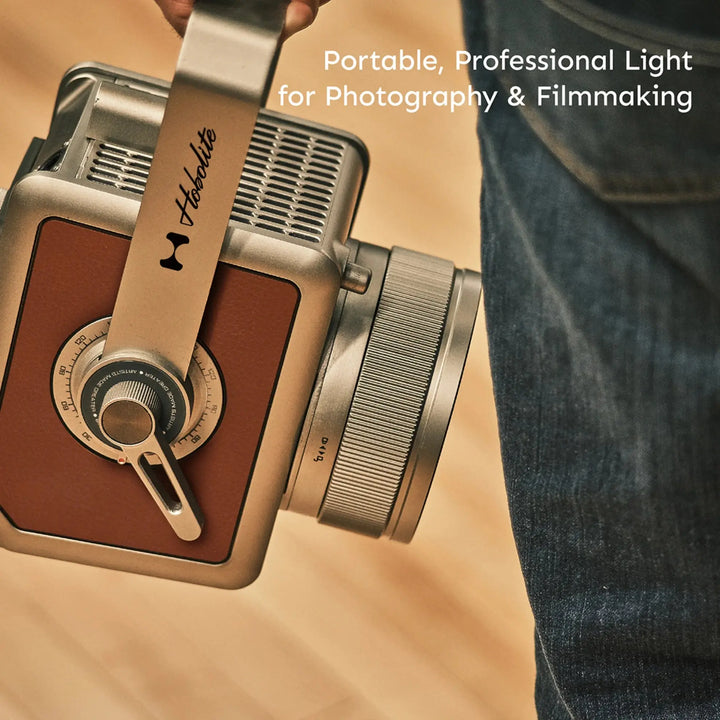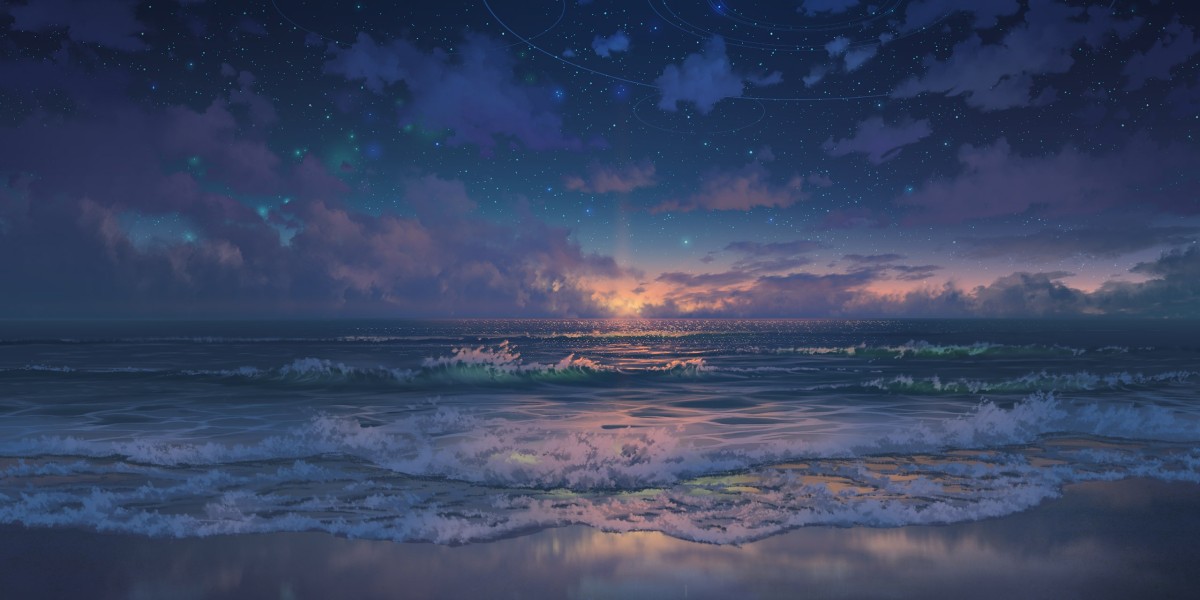Unlock Your Creativity: Discover the Ultimate Guide to Choosing the Perfect Studio Lights!
Studio lighting plays a pivotal role in the realms of photography and videography, significantly influencing the overall quality and creativity of your work. The right lighting can transform an ordinary scene into a visually stunning masterpiece, capturing the essence of your subject in ways that other elements simply cannot. This guide aims to assist you in navigating the myriad of options available for studio lights, ensuring that you can select the perfect lighting solution tailored to your personal or professional needs. Whether you're an aspiring photographer, a seasoned videographer, or someone who simply enjoys capturing moments, understanding studio lighting is essential to enhancing your creative expression.

Understanding Studio Lights
Studio lights are specialized lighting equipment designed to illuminate subjects in a controlled environment, providing the flexibility and consistency that natural light often cannot offer. There are two primary types of studio lights: continuous lights and strobe lights. Continuous lights allow you to see the light as it will appear in the final image, making it easier to adjust and control shadows and highlights. Strobe lights, on the other hand, emit a burst of light, ideal for freezing motion and capturing high-quality images with minimal blur. The principles of lighting, including direction, intensity, and softness, are crucial to understanding how these lights affect the final outcome of your images or videos. A well-placed light can highlight features, create depth, and set the mood, while poor lighting can lead to flat or unappealing results.
Factors to Consider When Choosing Studio Lights
When it comes to selecting studio lights, several key factors come into play:
1. Purpose and Usage
Your choice of lighting will heavily depend on whether you’re using it for personal projects or professional assignments. For instance, a portrait photographer might prioritize soft light to flatter skin tones, while a product photographer may require hard light to emphasize texture and detail. Understanding your specific needs and the styles you intend to pursue will greatly influence your lighting choices.
2. Budget
Establishing a budget for your lighting setup is essential. Studio lights can vary widely in price, and it's important to know what you can afford while keeping in mind the quality and features you need. Generally, entry-level options may suffice for hobbyists, while professionals might invest in high-end gear that offers advanced functionality and durability. It’s wise to evaluate what features are non-negotiable for your work and what you can compromise on.
3. Space and Setup
The size of your studio or workspace will significantly affect your lighting choices. If you have a small area, you might opt for more compact and portable lighting options that can be easily stored away. Conversely, larger spaces allow for more elaborate setups, including multiple lights and modifiers. Consideration of your space will help you choose lights that fit well within your environment and can be utilized effectively.
4. Light Quality and Color Temperature
Light quality is crucial in determining the overall feel of your images. Soft light, often produced by diffusers or softboxes, creates gentle shadows and a flattering look, while hard light can produce sharp shadows that add drama and intensity. Additionally, color temperature plays a role in how warm or cool the light appears, which can influence the mood of your final images. Understanding these factors will allow you to achieve the desired effects in your photography or videography.
Types of Studio Lights
There are several options when it comes to studio lights, each with its advantages:
1. Continuous Lighting
Continuous lighting setups provide a constant light source, allowing you to see how shadows and highlights will affect your subject in real-time. They are user-friendly and ideal for beginners, but they may produce heat and consume more energy compared to other options. Continuous lights are great for videos as they ensure that lighting is consistent throughout the shooting process.
2. Strobe Lighting
Strobe lighting is favored for its ability to produce a quick burst of light, making it ideal for capturing fast-moving subjects without motion blur. They are often used in portrait and fashion photography, where sharp details are essential. Strobes can be complex to set up and require additional equipment like triggers, but their versatility makes them a popular choice among professionals.
3. LED Lights
LED lights have surged in popularity due to their energy efficiency and longevity. They produce minimal heat and are available in various configurations, including panels and bulbs. Their adjustable color temperature makes them versatile for different shooting scenarios, and many models offer dimming features for precise control. LED lights are an excellent choice for both novice and experienced photographers.
4. Accessories and Modifiers
Accessories such as softboxes, umbrellas, and reflectors can enhance your studio lighting setup significantly. Softboxes diffuse light, creating a soft, even illumination, while umbrellas can reflect or diffuse light depending on their orientation. These modifiers allow you to manipulate light quality and direction, providing you with greater control over your creative vision.
Comparing Options for Purchase
When evaluating studio lights for purchase, consider a range of factors including features, user reviews, and how well they align with your personal needs. Start by making a list of the essential features you require, such as adjustable brightness, color temperature settings, or portability. Researching user experiences through reviews can offer insights into reliability and performance. If possible, visit a store where you can test the lights in person; this hands-on experience can be invaluable in determining what feels right for your workflow. Additionally, keep an eye out for any warranties or return policies that might provide peace of mind with your investment.
Selecting the Right Studio Lights for Your Needs
Choosing the right studio lights is a crucial step in enhancing your creative output and ensuring quality in your photography or videography projects. By understanding the various types of studio lights, considering your specific needs, and evaluating your options thoughtfully, you set yourself up for success. Remember that lighting can make or break your images, so take your time to explore different choices and ensure that you invest in a setup that will serve you well. With the right studio lights, you’ll unlock new possibilities and elevate your creative journey.








